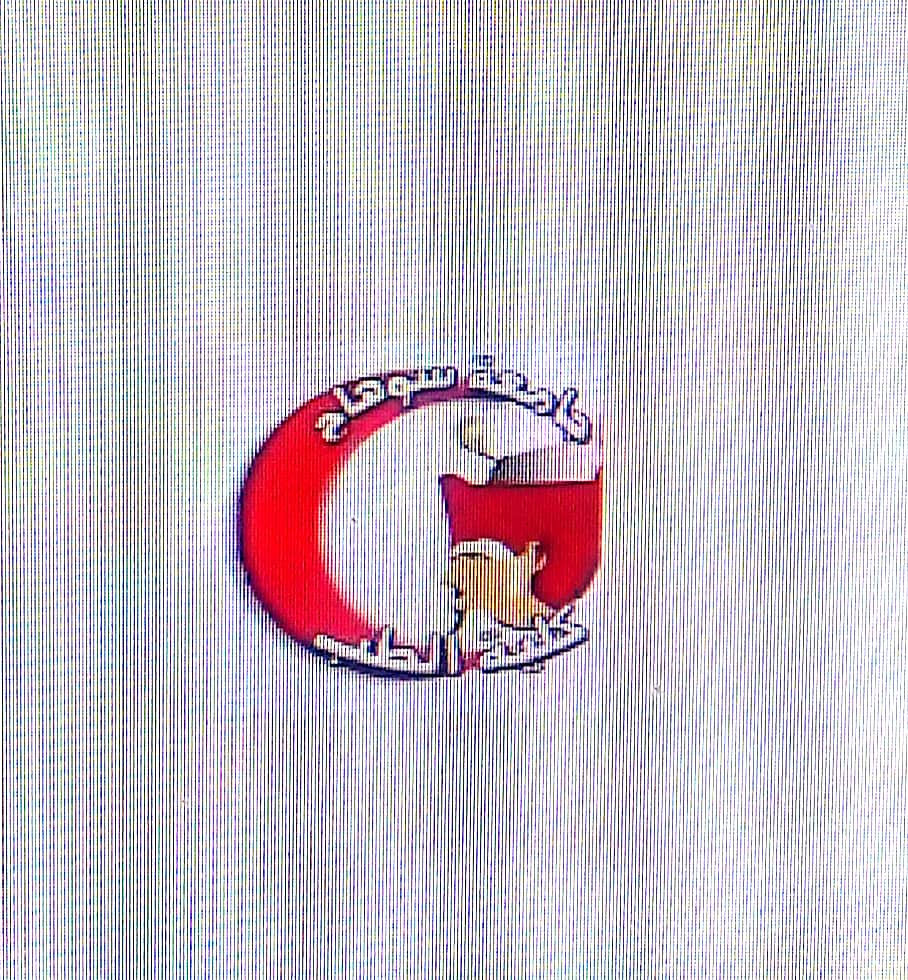Introduction: Hair loss affects a large part of the population with up to 50 percent of men and women throughout their lives.
Objectives: To assess iron status in patients who complained of hair loss and had either
telogen effluvium (TE) or androgenic alopecia (AA) ,and evaluate risk factors associated with hair loss.Methods: This study included l 00 patients with hair loss, 40 healthy persons as control, all patients were subjected to a questionnaire for assessment of hair loss, dermatologic evaluation and biochemical analysis for blood count (RBCs), serum iron, serum ferritin and erythrocyte sedimentation rate (ESR).
Results: Significant lower means of serum iron, serum ferritin, RBCs count and
Hemoglobin levels were reported between cases relative to controls. As regard to amount of hair loss "moderate hair loss"was found in (48%) of patients and "excessive hair loss"was found in (52%). Among the patients affected by excessive hair loss, a larger proportion had clinical picture of anemia and low iron stores
(< 40 µg/L) (73.1 %) ,(86.5%) respectively,compared to (47.9%),(70.8%) in patients with moderate hair loss. It is found that, positive history of emotional stress, positive family history, use of hair conditioner, presence of dandruff in scalp, use of hair heat iron, use of coloring agents, more frequent hair comb/day, frequent hair wash/week and seasonal variation had deleterious effect on hair loss. Conclusion: Iron deficiency is one of the potential risk factors for hair loss.


